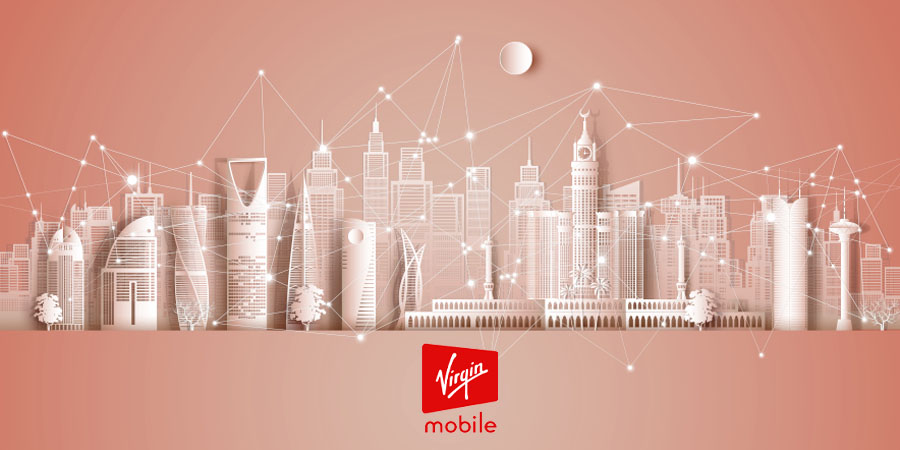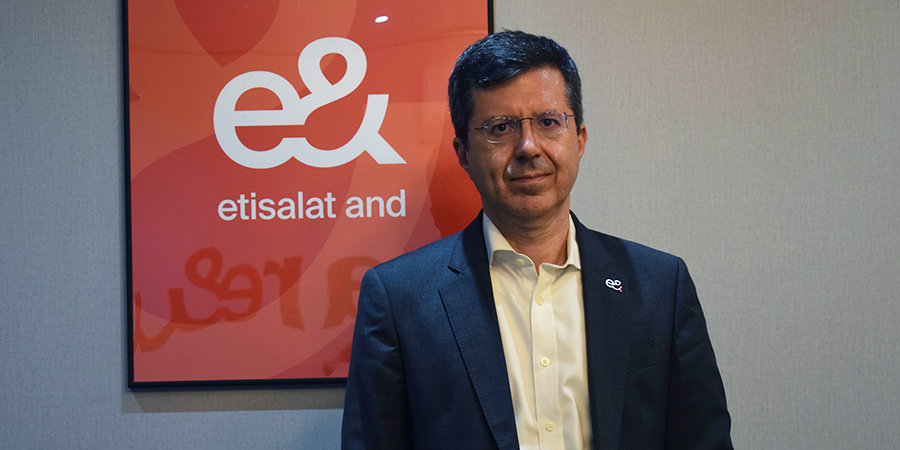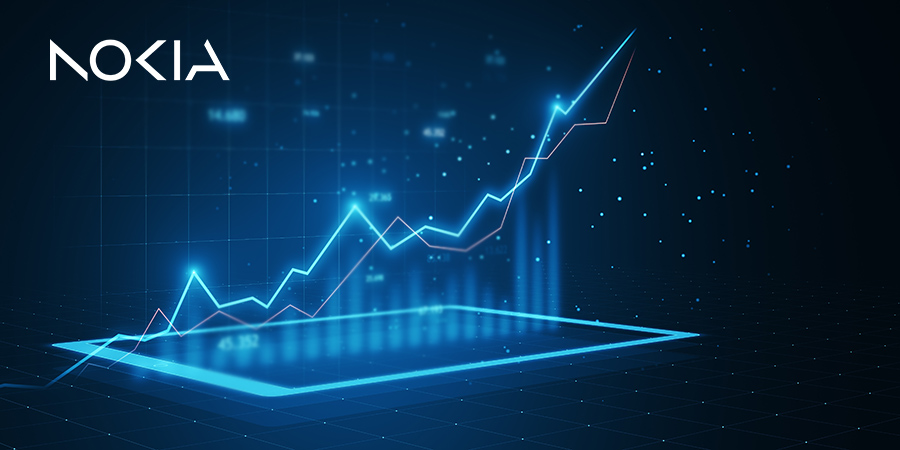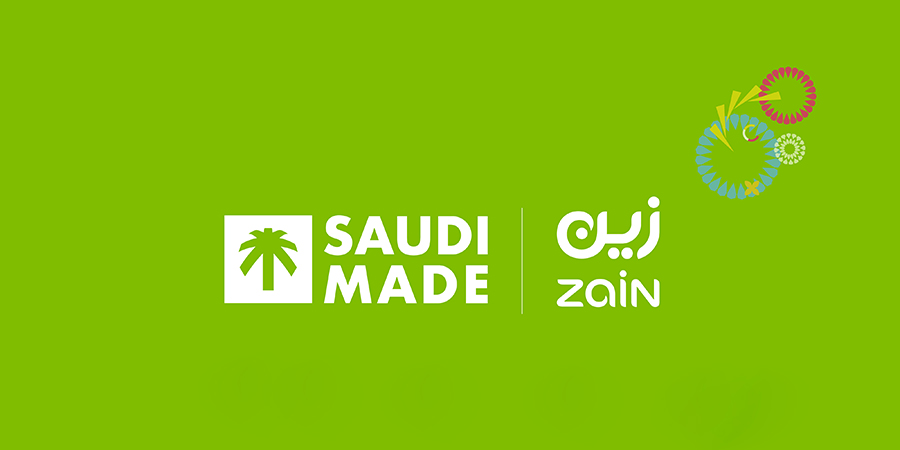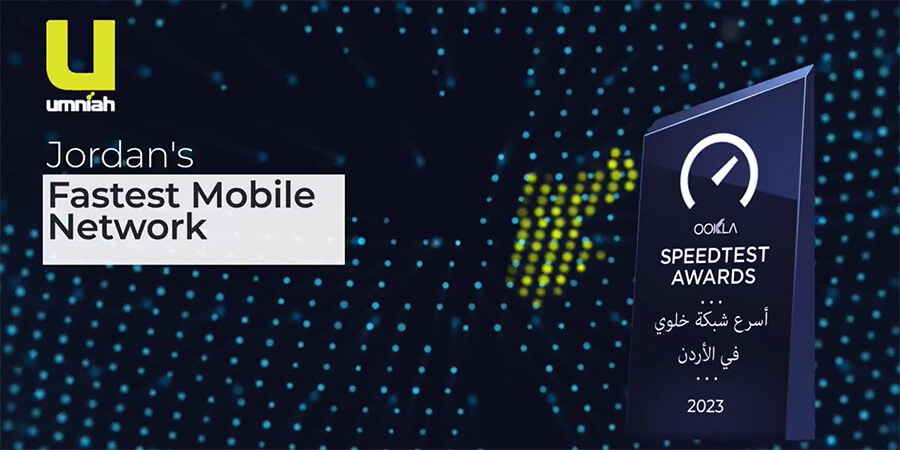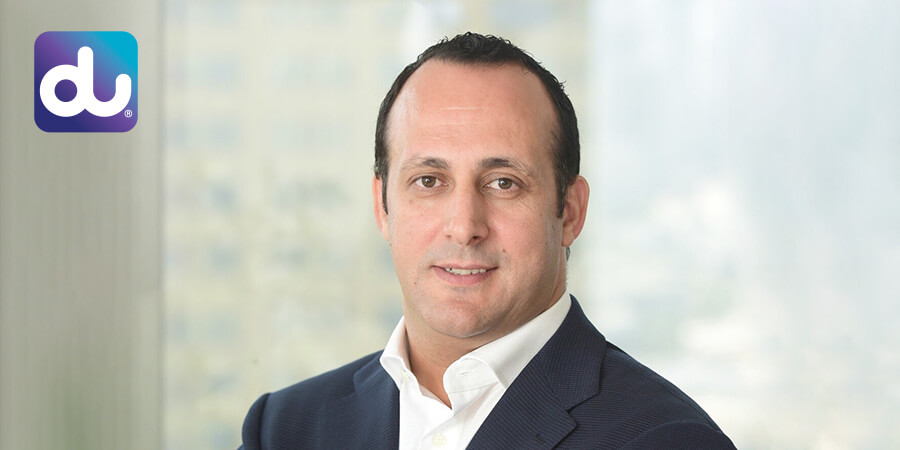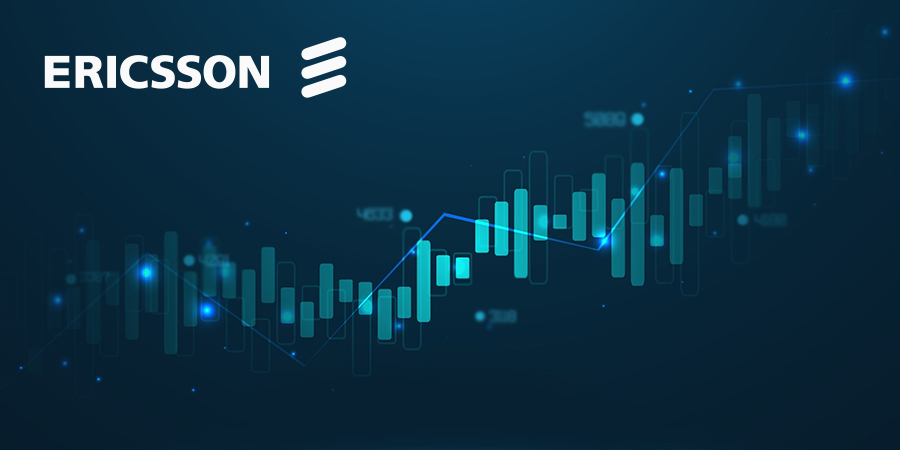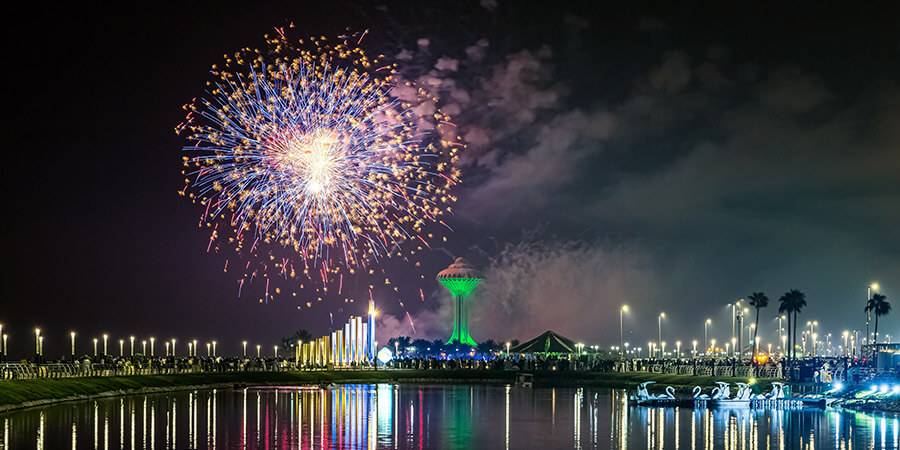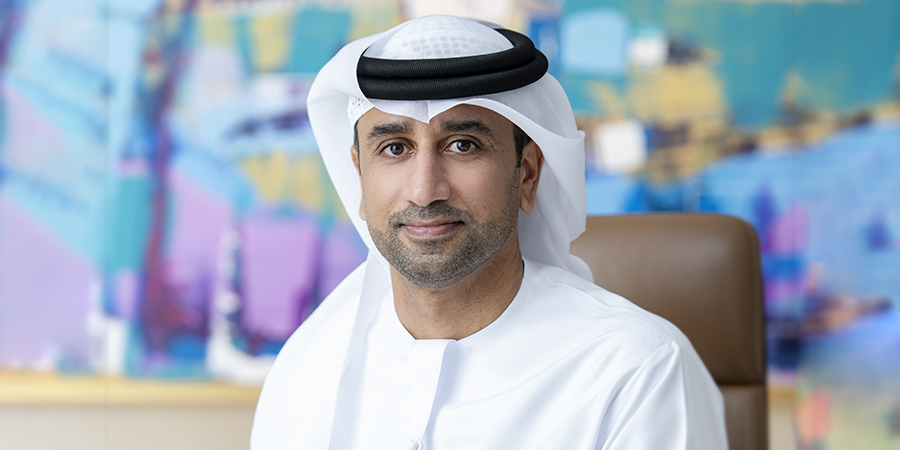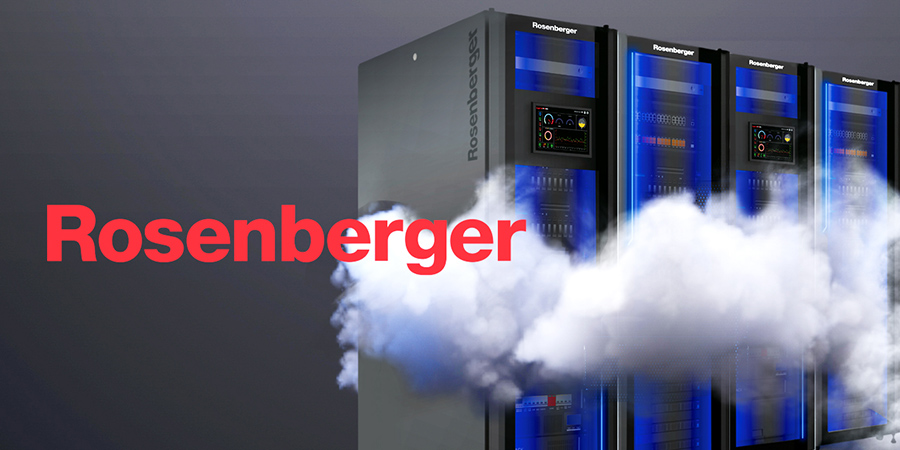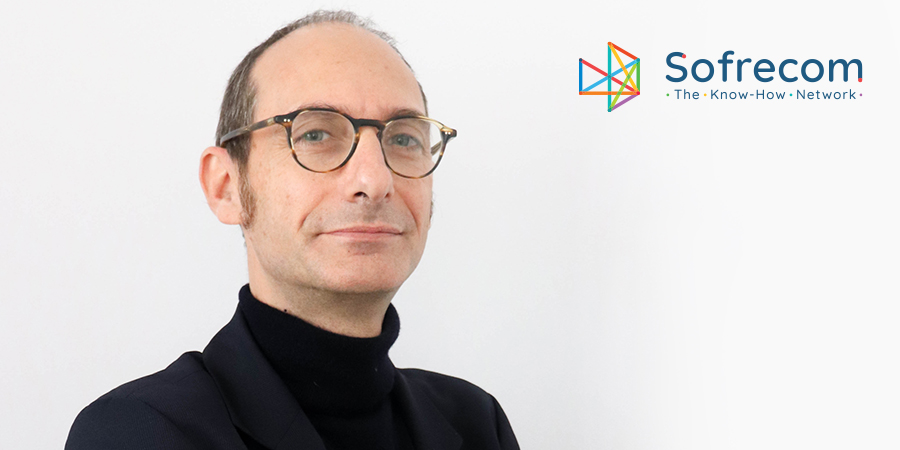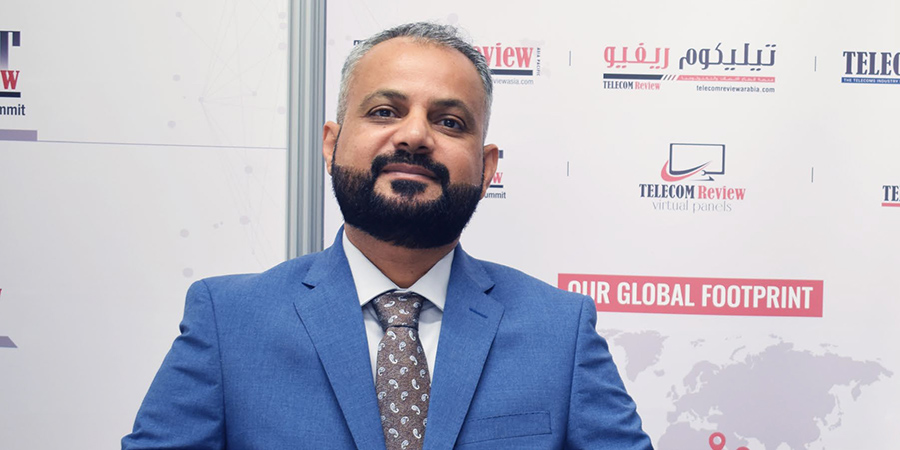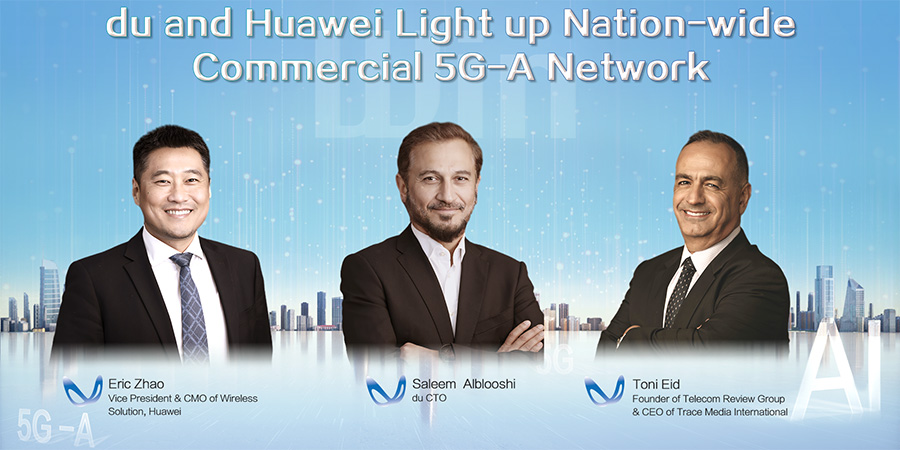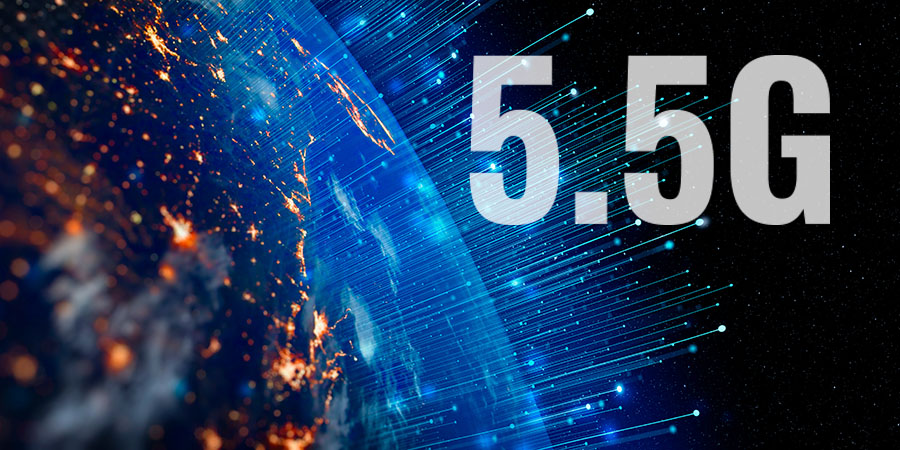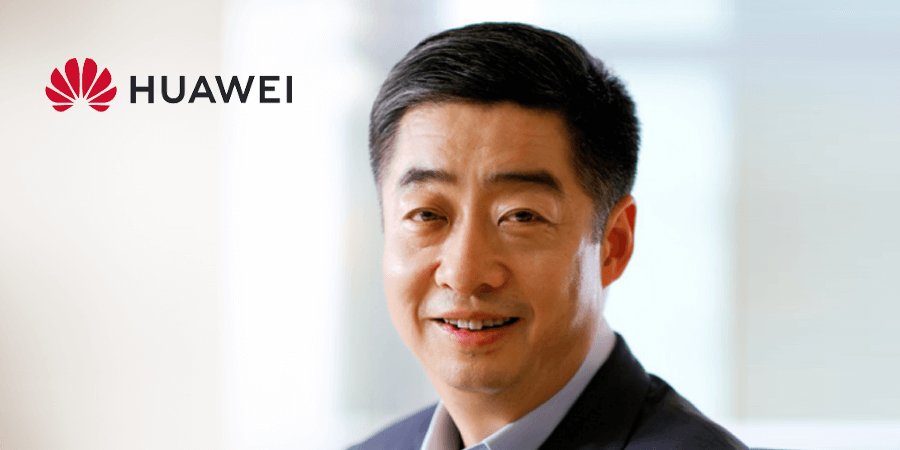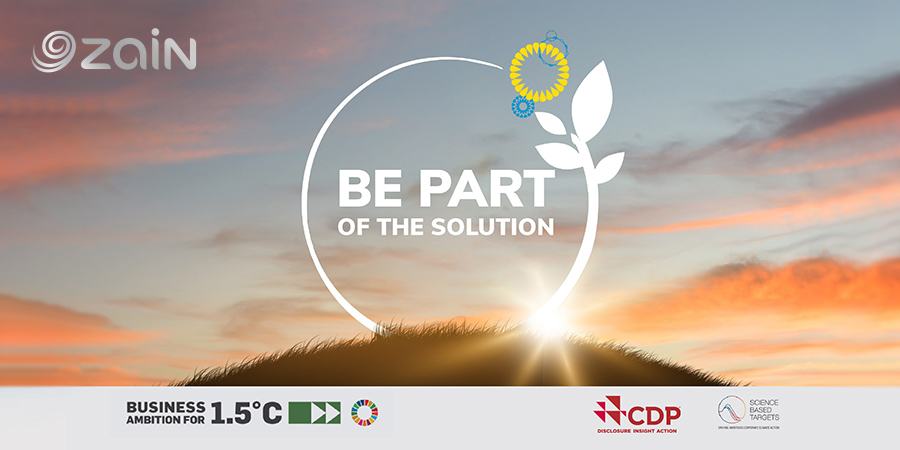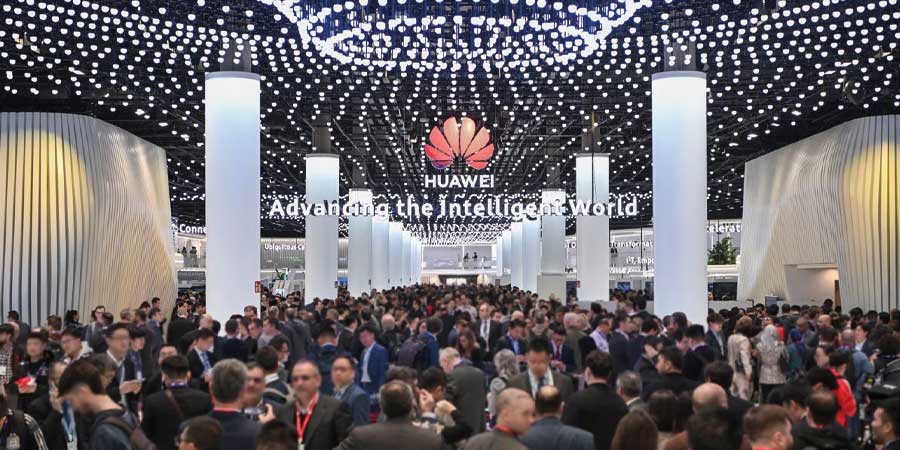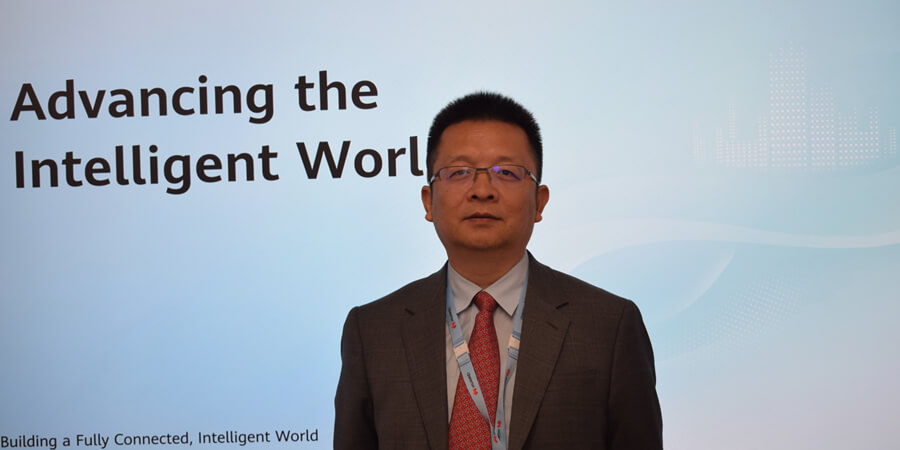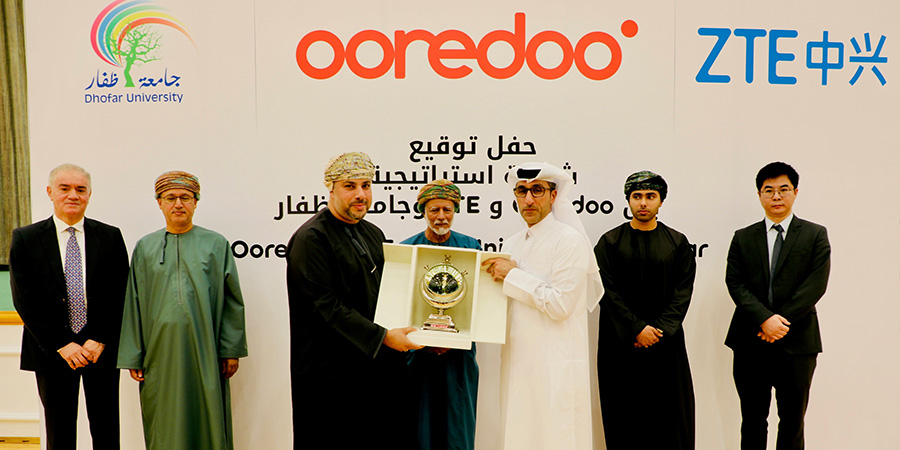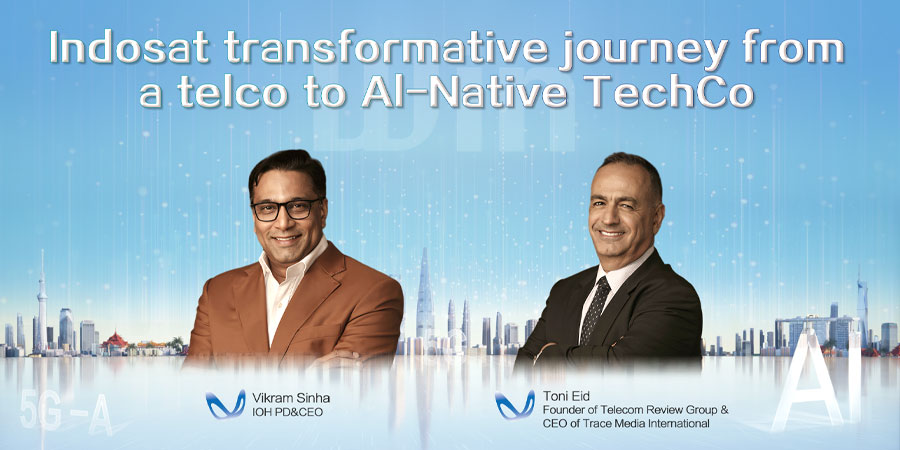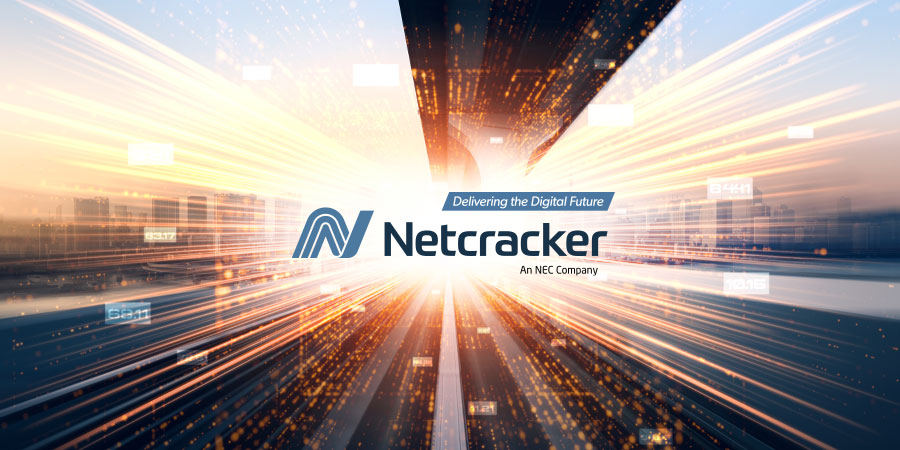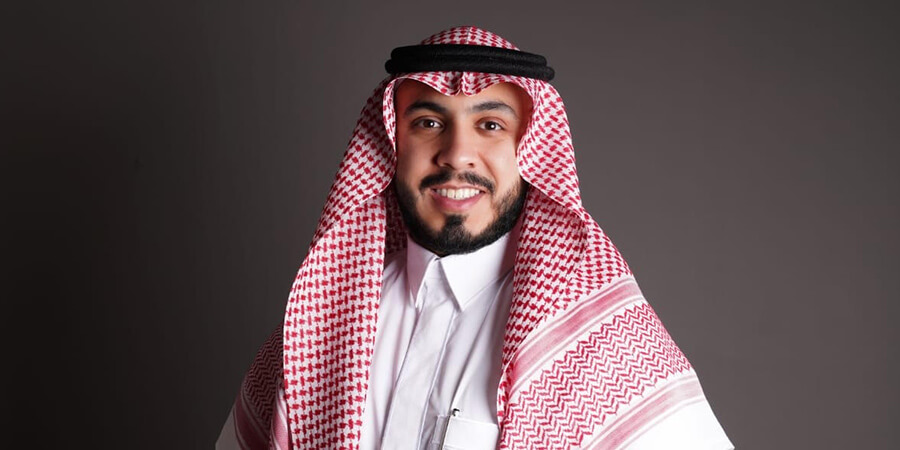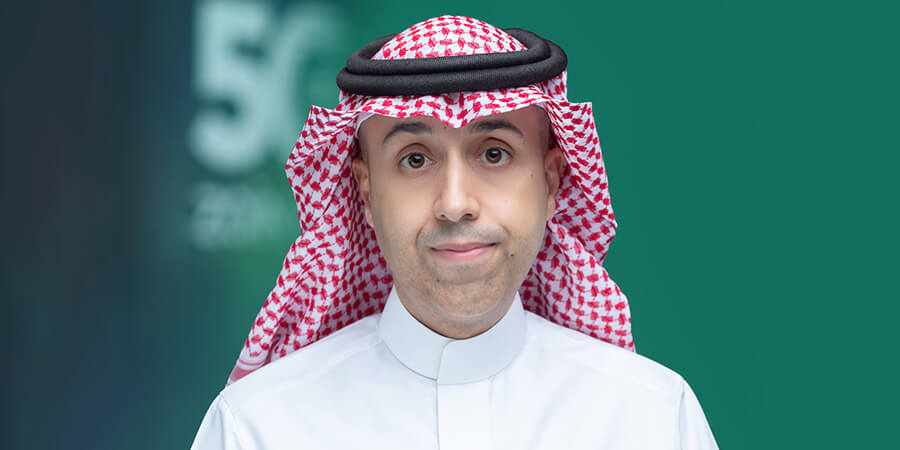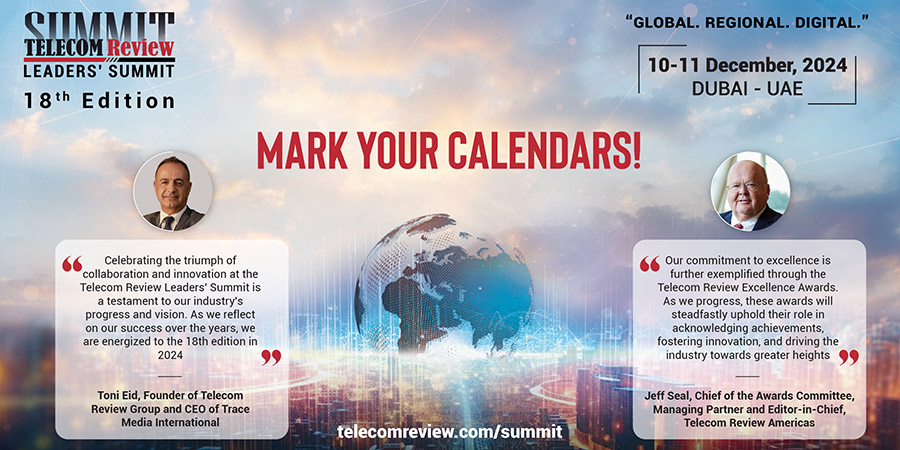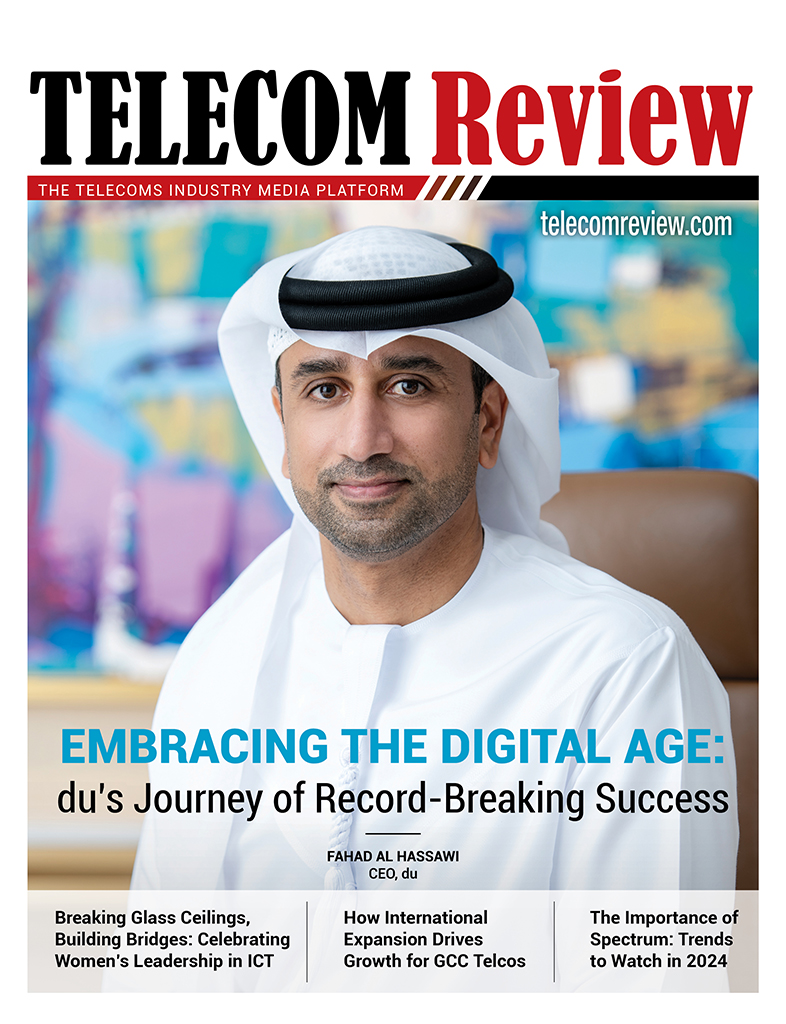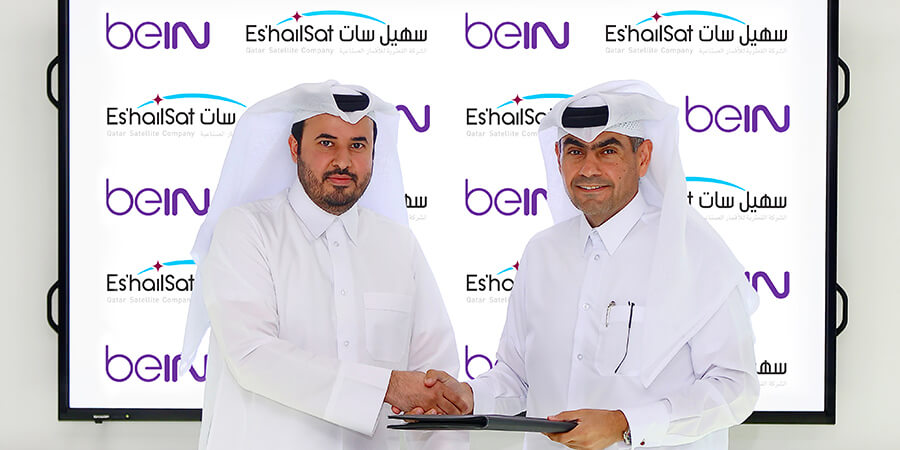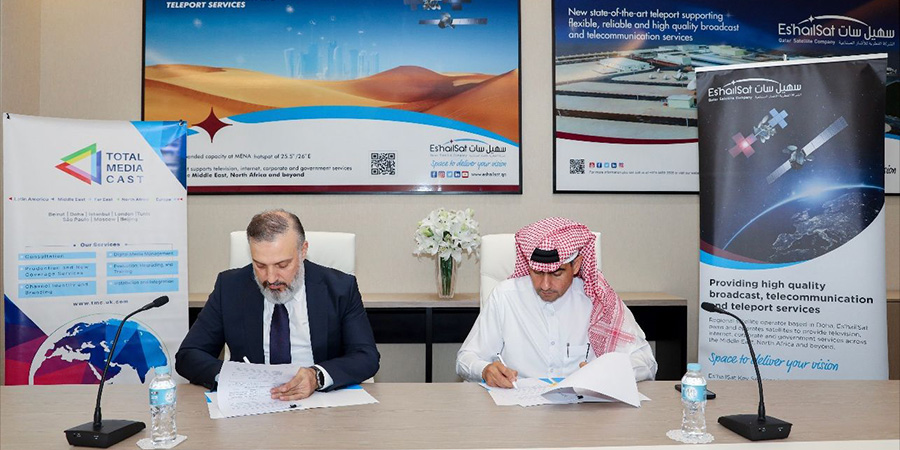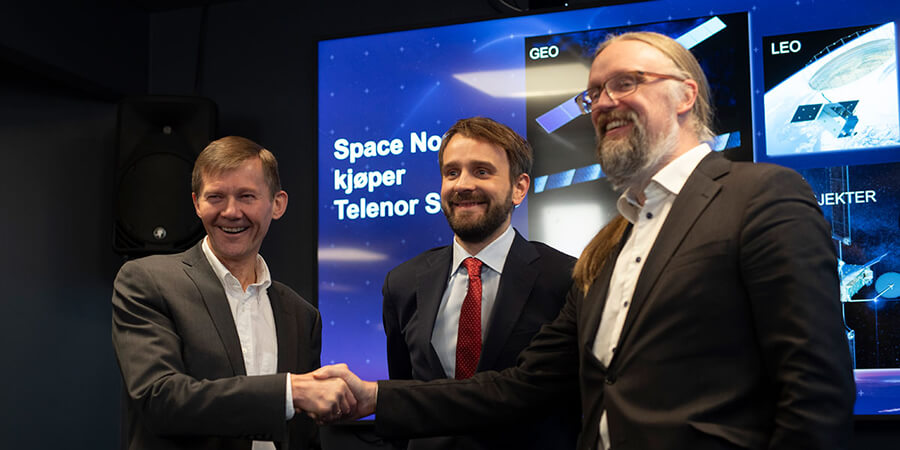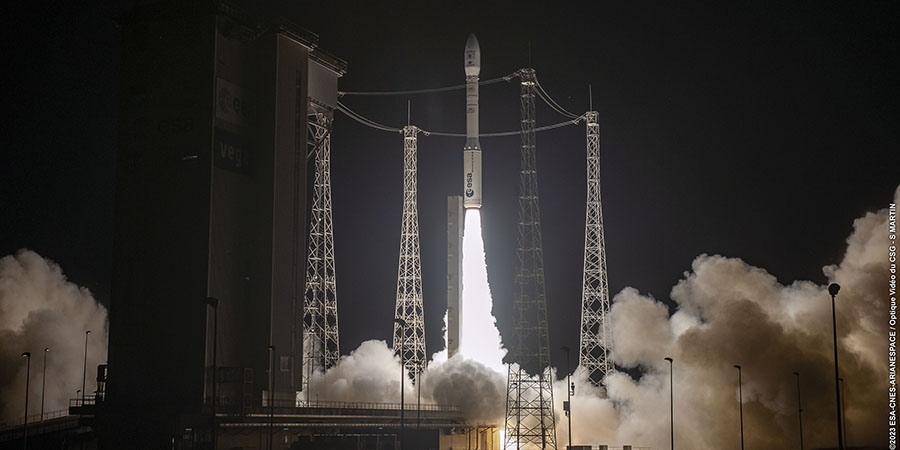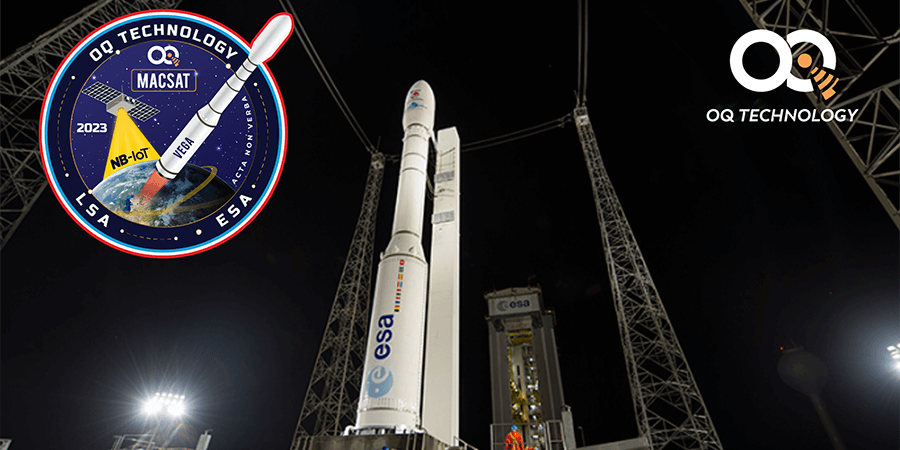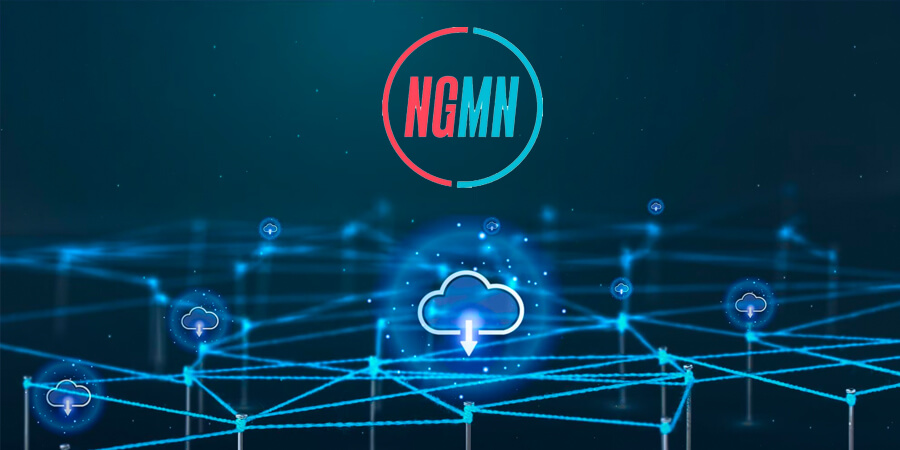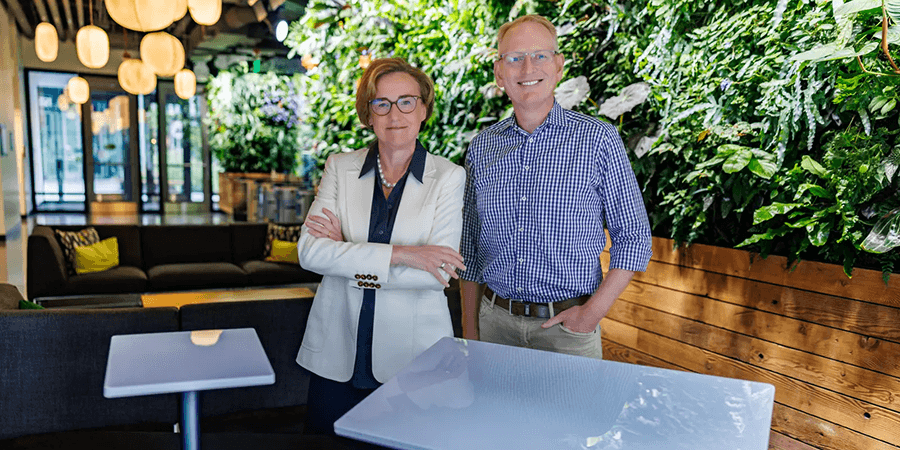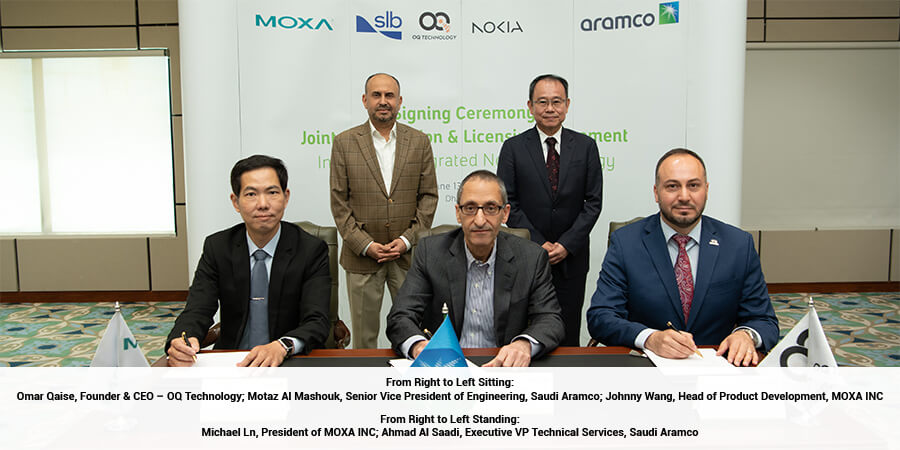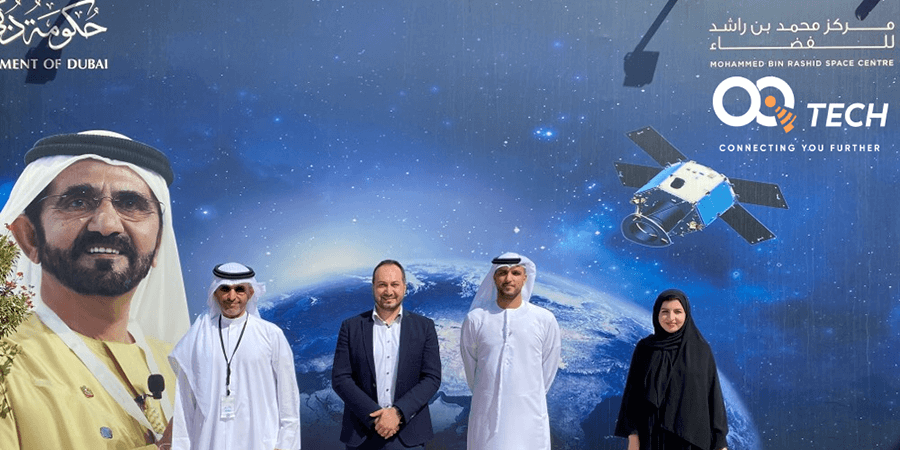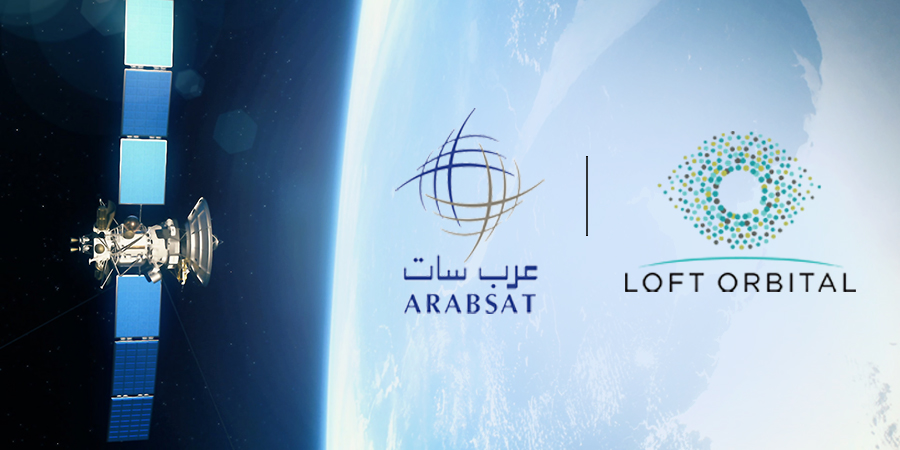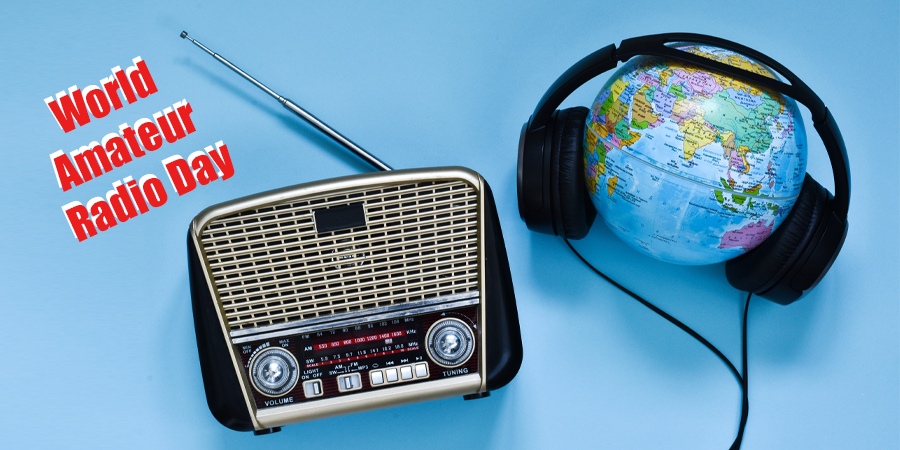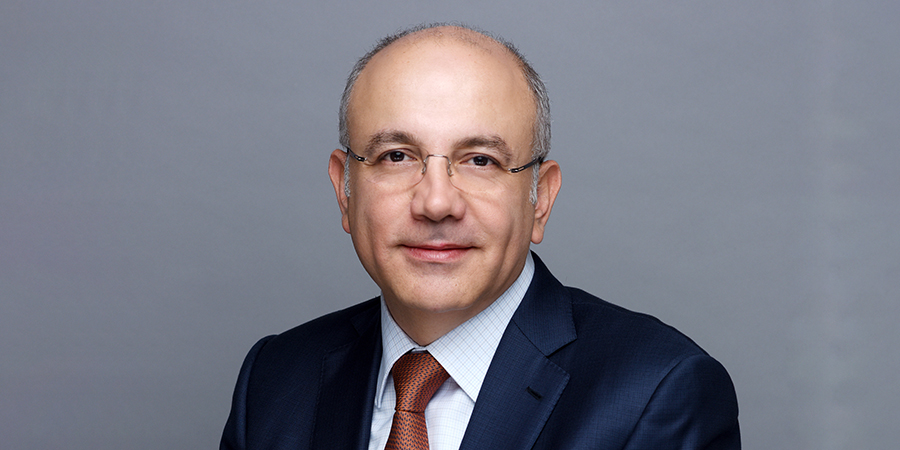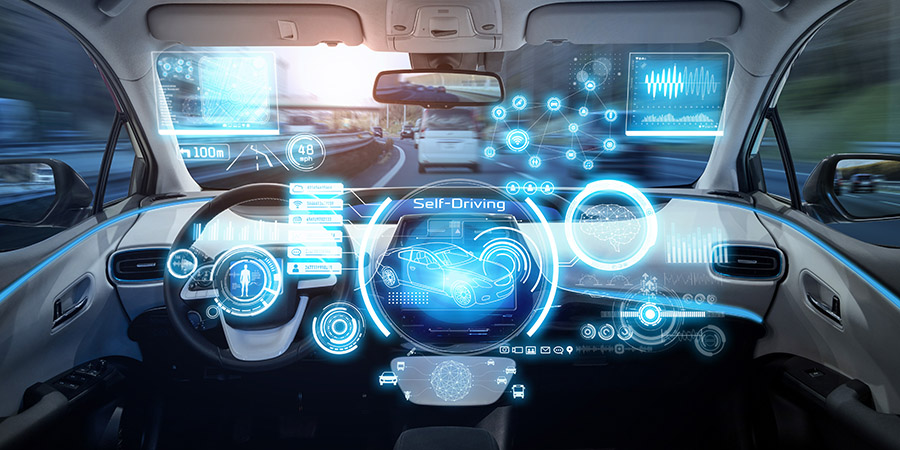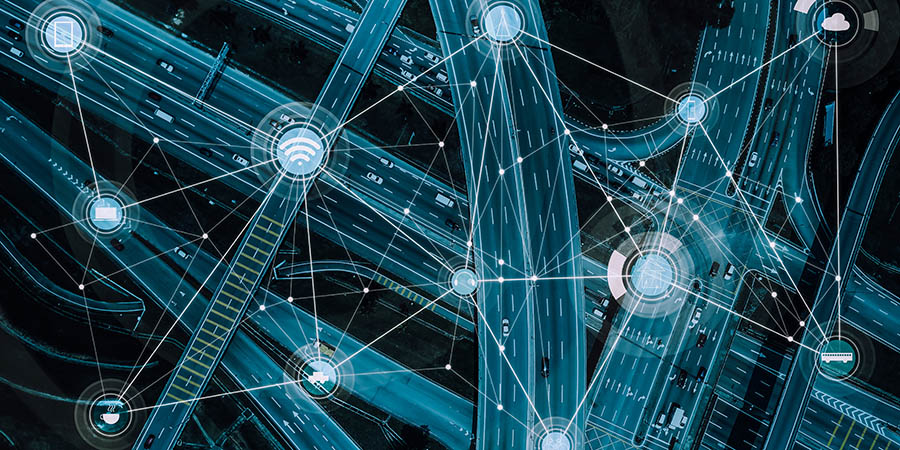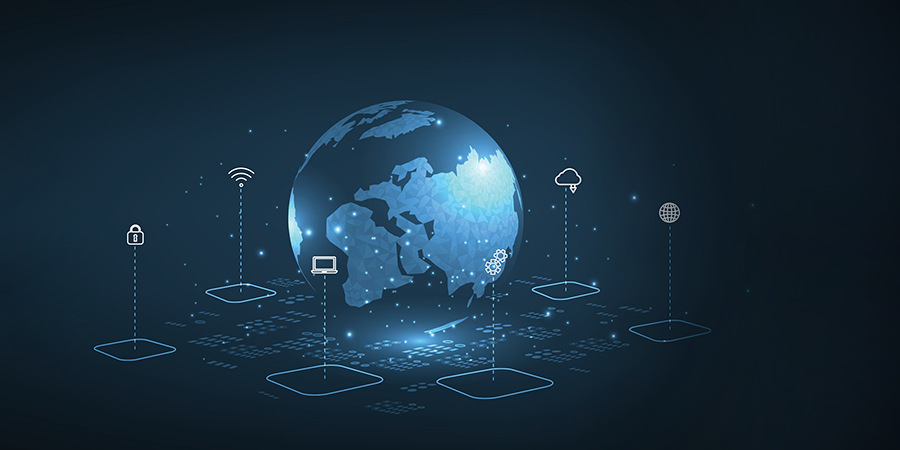Nokia is a global leader in the technologies that connect people and things. Showcasing its state-of-the-art software, hardware and services at GITEX 2016 in Dubai this past October, Telecom Review caught up with Bernard Najm, vice president and head of the Middle East Market Unit at Nokia, who shared details about the various announcements Nokia made at the showcase, including a 4K 3D VR video streaming demonstration with du and other exciting developments.
What can you tell us about Nokia's demonstration with du? It's said to be the Middle East's first 4K 3D VR video streaming using 5G.
What we have demonstrated with du is virtual reality (VR) video streaming with Nokia AirScale, next generation 5G-ready radio platform. In this Middle East's first demonstration, 3D 360 VR content was created with the Nokia OZO VR camera and streamed to head-mounted Oculus displays using a 5G-ready network, delivering a fully immersive VR experience. With this kind of virtual reality streaming, people can see what is happening in another location in real time.
Which industries will benefit from this technology?
First, we have to understand the different benefits Nokia OZO camera and AirScale offers. While the camera is for capturing 3D 360 degree video content, AirScale is for high speed throughput and low latency for streaming of even 4K and 8K ultra HD content smoothly without buffering.
The camera can definitely be utilized for 3D content creation which is a growing industry, but it can also be used for remote health applications, remote education, as well as public safety for monitoring a certain area or live event. It could be beneficial for all industries because it gives you a thorough 360 degree view of any situation.
Like the OZO camera, 5G will also be important for public safety, eHealth, eGovernment, virtual reality, live streaming, and everything you do for all these applications will be very much cloud-based. All day-to-day communications activities through voice and data applications will collect a huge amount of data, and this data needs to be made available in real-time whenever needed. 5G technology is capable of enabling this. It will support the internet of things (IoT) where everything and everyone will be connected. The challenges of IOT will not only be the throughput or the amount of data transmitted, but also the quantity of sensors, terminals and indicators which will be linked to each other.
Nokia's 5G-ready AirScale platform, which is already commercially available, will be used for 5G and will also serve as the essential technology for IoT connectivity in the future. With our AirScale, Nokia is ready to support launch of 5G network for operators in the near future, as the first pre-standard deployments of 5G technology are expected to happen by 2018.
Can you tell us about Nokia's contribution to Nedaa's network?
Nedaa's network will be the platform for enabling all Dubai government services in a smart way. What we are building with Nedaa is a dedicated LTE network that will carry smart city services including critical communication services for the Dubai government. Accordingly, it is important for the network to have a very high reliability, high resilience and high data throughput. In addition, it's important that the network is extremely secured in order to support applications or services for law enforcement and security forces, medical services, as well as civil aviation, e.g. for drones' traffic management.
Recently, the Dubai Airport was shut down for a few hours because an unauthorized drone flew into official airspace. We are developing applications to monitor and manage drone traffic and avoid this kind of shut down. This is one of the examples of what Nedaa's network could be utilized for.
What can you share about Nokia's recent announcement with STC?
We signed an agreement with STC to expand the capacity and coverage of its high speed mobile broadband network in Saudi Arabia using Nokia's 4.5G technology. We already started delivering this technology in the last couple of months. As part of this agreement, we enable high throughput and low latency through several carrier aggregations. This is a technology which allows you to combine two or more bands to ensure the best user experience. No subscriber likes to wait several seconds to access his or her desired content over a broadband network. Here is where low latency becomes important as it helps deliver the content faster and smoother, improving subscriber experience. So, we are enabling high throughput and low latency in STC's mobile broadband network. We implemented this technology already for the Hajj 2016 season, which witnessed a 600 percent YoY increase in data traffic.
What areas of technology will Nokia focus on going into 2017?
Nokia's acquisition of Alcatel-Lucent has provided us with a very rich portfolio. While Nokia used to be more mobile network-centric, the new Nokia has a portfolio that includes mobile networks, IP/optical networks, applications and analytics, and fixed networks. Though many people think fixed networks lost importance, it is still a very strong backbone for areas which are well-connected in terms of infrastructure, and we see a very big increase in capacity.
This is the future we see for Nokia - having a very rich portfolio where we are able to position ourselves comfortably in the market. We will continue to focus and invest in all of the above four domains and develop them further - all in view of the next generation network which is going to be 5G for IoT and smart city applications for the world of connected cars, virtual reality, eHealth, public safety and eGovernment. And as a testimony to our focus on eHealth, Nokia recently acquired Withings, a pioneer and leader in the connected health revolution with a family of award-winning digital health products and services to help people all over the world lead healthier, happier and more productive lives. This is part of Nokia's commitment to eHealth which provides a very broad portfolio of scales, thermometers, blood pressure reading, etc. We will integrate this further into our portfolio in the future.



